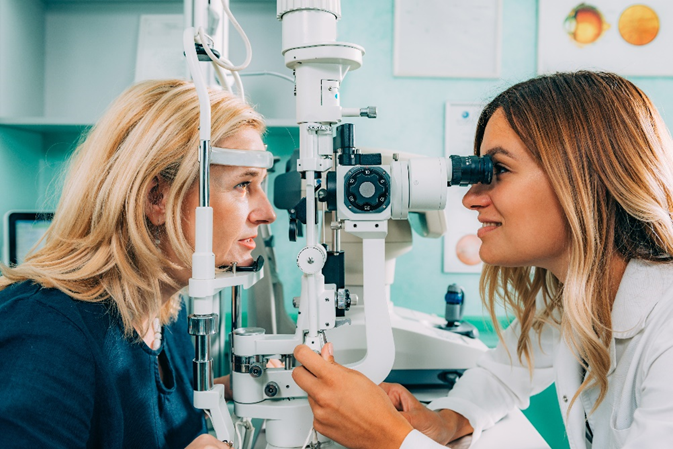Thoughts on Radiation Safety from an RSO

A few years ago, my optometrist told me I was suffering from early-onset cataracts and would need surgery. I was baffled, because I wasn’t yet 60 years old and had not anticipated I would be experiencing eye problems so soon. When I told my doctor I had worked as a radiation technologist for more than 30 years, he wasn’t surprised. It turns out that anyone who practices interventional medicine (and, therefore, is exposed to radiation) is at risk to have early onset of cataracts. The exposure limit to the eyes recommended by the International Atomic Energy Agency is 20 mSv per year, averaged over five consecutive years (100 mSv in five years), and 50 mSv in any single year.
That’s discouraging news for those who, like me, spend a large percentage of their working hours around ionizing radiation. I prefer to focus on the solution rather than the problem. In this case, the solution involves two major components: proper shielding equipment and high-quality dosimeters.
Proper shielding equipment – All health care organizations and private practitioners should provide employees who work around radiation with basic protection, including shielding aprons, thyroid shields, leaded mitts and eyewear. Not only is it important that they provide it, but that employees use that protection all of the time.
High-quality dosimeters – Not all dosimeters are created equal. Up until recently, most needed to be collected by the Radiation Safety Officer (RSO) and sent off for processing — an arduous task that took more time than we had available to spend. The Instadose®+ dosimeter is a digital device that monitors an employee’s daily and cumulative radiation dose, provides email notifications (of high doses) and provides on-demand reports. In addition to the ease of regulatory compliance, if we learn an employee or physician is exceeding his or her maximum dose, we can work together to figure out a solution.
There are many health considerations to keep in mind when you regularly work around radiation. In 2019, there are also many more ways to safeguard your health when working with radiation.
Melody Pierson, RT (R), CRA
Manager, Imaging Services
UCHealth Greeley Hospital
KEY TAKE-AWAYS
1 |
2 |
3 |
|
Repeated radiation exposure to the eyes can cause cataracts. |
There are two main ways to avoid health problems associated with radiation: proper safety equipment and quality dosimeters. |
The Instadose+ dosimeter is a device that monitors, measures and notifies users of unsafe levels of radiation exposure. |
@insta_dose |
mirioninstadose |
mirioninstadose |